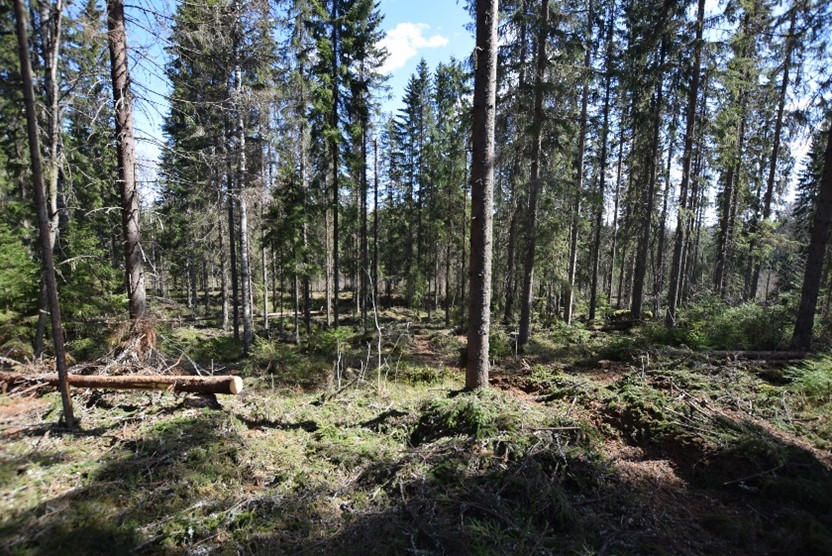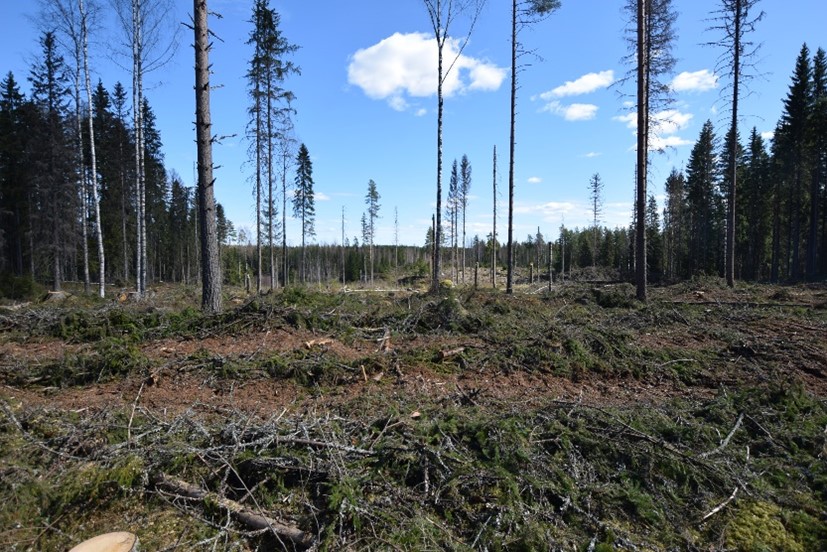Continuous cover (uneven-aged) forestry has been suggested as an alternative to clear-cut based rotation forest (even-aged) management to protect and enhance carbon storage in forests having potentially other positive climatic and biodiversity impacts.
Rotation forest management (RFM) includes several thinnings and the rotation ends in the harvest via clear-cutting. RFM is the most common management practice in Finland and Fennoscandian boreal forests.
In continuous cover forestry (CCF) the stand is tended and harvested with selective thinnings, which constitute smaller disturbances to the forest soil in one operation compared to clear-cuts but the repeated trafficking may cause opposing effects. The CCF retains significant tree cover causing therefore less dramatic change to the forest environment at harvest.
Several modelling approaches have been made to predict how continuous cover forestry affects e.g. the timber production, regeneration or soil C storage, but the support from empirical studies are still scarce. Several biological and climate impacts are practically unknown due to lack of suitable research sites.


